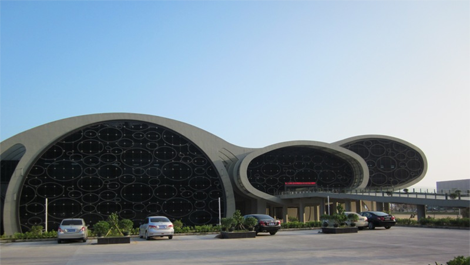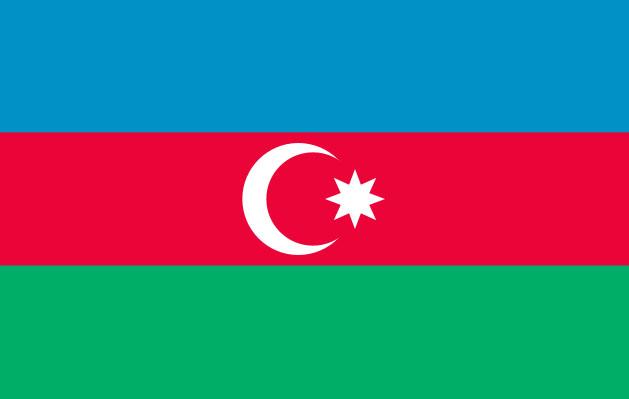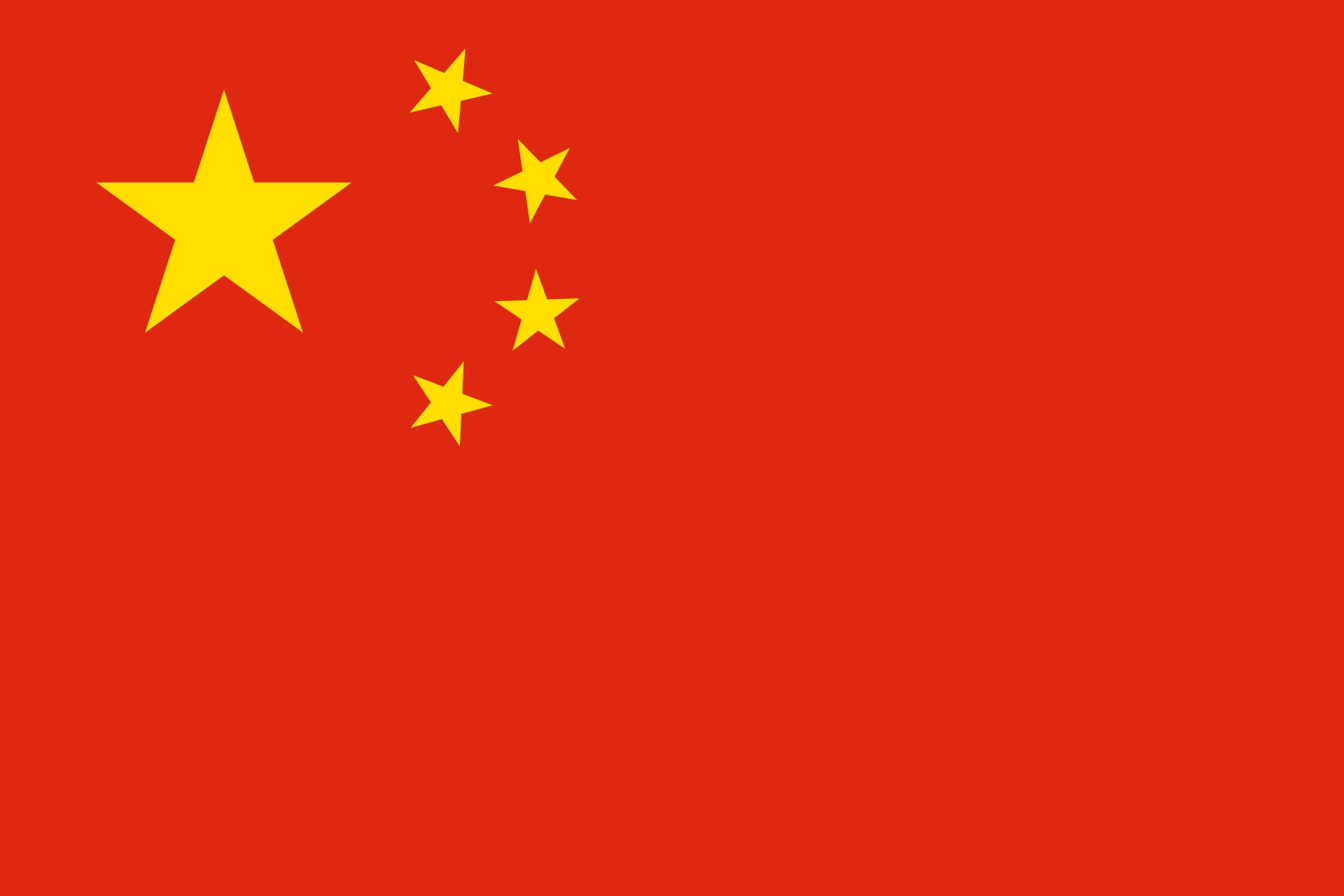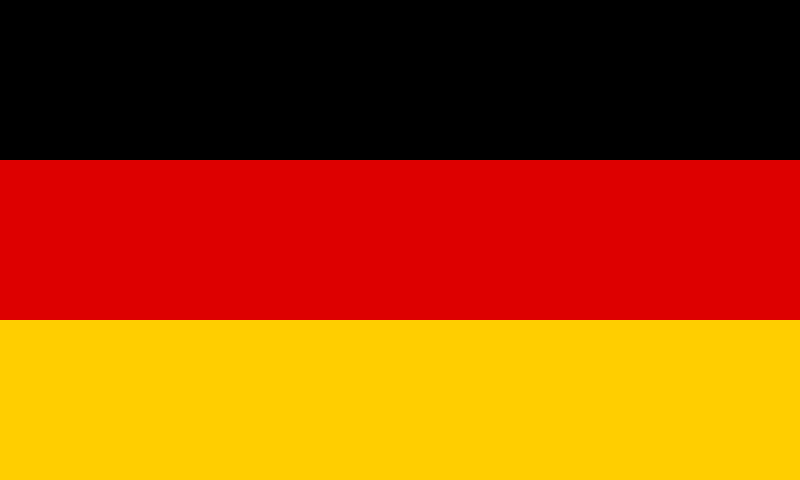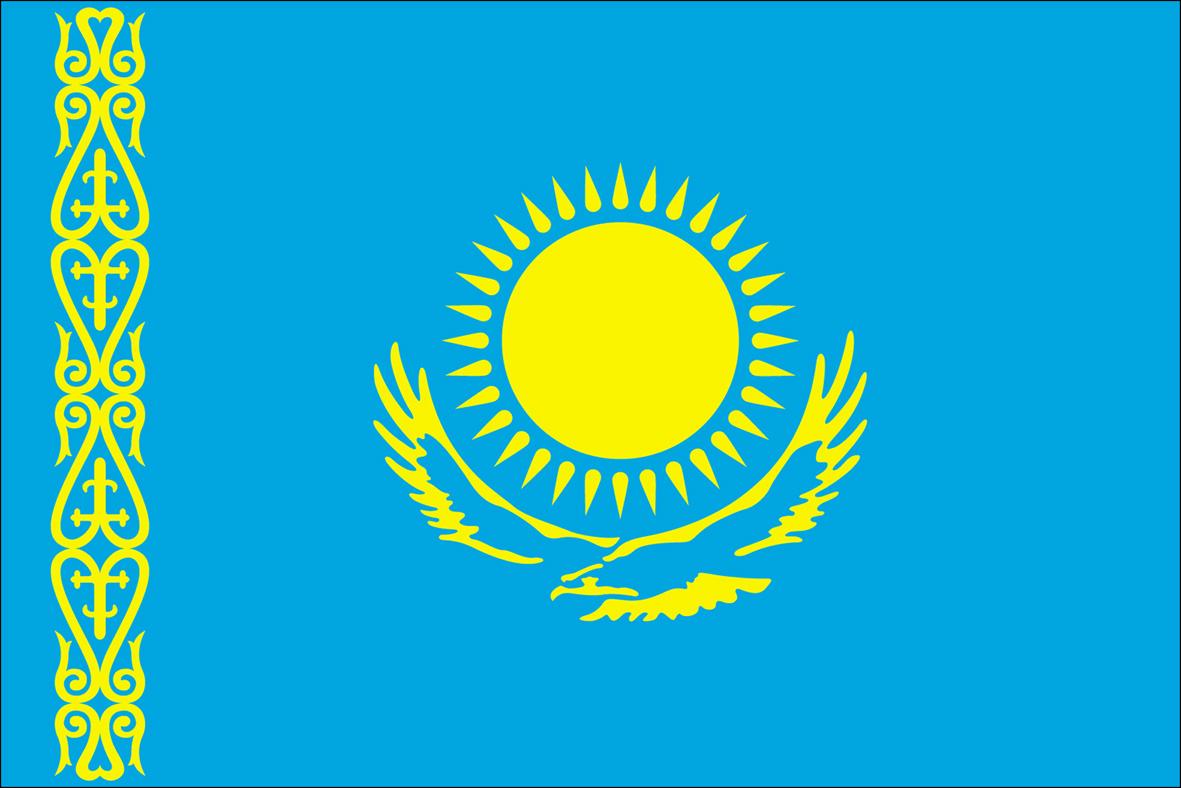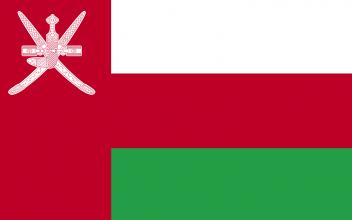Owing to the conflicts, the number of clandestine excavations have increased in Afghanistan and Pakistan leading to major discoveries of treasures. One of the largest finds was a colossal amount of Greco-Bactrian, Indo-Greek, Indo-Scythian, Indo-Parthian and Kushan coins, including one find that, altogether, weighed three tonnes and included 450,000 gold and bronze pieces.
Persian and Arab sailors were the first to venture into the open sea outside the view of the coast. As a result, they had to elaborate universal systems of navigation based on the positions of the stars. According to literary sources, Chinese pilots had sailed into the open sea on their way to the Malay Peninsula by the 7th century. By the 15th century, they used similar navigation systems to their Persian and Arab predecessors.
IMPACT OF THE SILK ROADS HISTORY ON TODAY ECONOMY AND CULTURE IN OMAN
After Vasco de Gama rounded the Cape of Good Hope, the Portuguese occupation of Oman’s ports and aggressive dominance of the Indian Ocean trade brought poverty where there had once been prosperity, putting the seal on an extended era when Oman’s cities were marked by sophistication and culture, by thriving marketplaces, great libraries and splendid mosques.
In 1967 Quaid-i-Azam University (QAU), Islamabad, was authorized by Ministry of Education, Government of Pakistan, to establish a Centre for the Study of the Civilizations of Central Asia in order to cooperate with UNESCO as a participating member representing Pakistan in its program on Central Asia. In UNESCO there was proposal to expand the scope of the centre and make a comparative study of the civilizations of whole of Asia.
Institute of the Oriental Manuscripts of the Russian Academy of Sciences was founded as the Asiatic Museum of the Russian Academy of Sciences on 11 November 1818. Later on June 2007, the Presidium of the Russian Academy of Sciences ordered to reorganize the Saint Petersburg Branch of the Institute of Oriental Studies into the independent Institute of Oriental Manuscripts.
The Berlin Brandenburg Academy of Sciences and Humanities was founded in 1992, as a result of an agreement between the Laender Berlin and Brandenburg. It continues the Prussian Academy of Sciences and Humanities and so looks back to the tradition of the Society of Sciences of the Elector of Brandenburg, founded in 1700.
Foundation of Silla Cultural Heritage Research Institute
Gyeongju, a capital city with a history of thousand years is located in an area with rich culture and many historical remains including ones of the Silk Roads. Various protective restrictions, such as the ‘Culture Properties Protection Law’ of Korea, have provoked many conflicts and civil complaints because the Law prevents Gyeongju local residents from developing their lands and real estate.
Institute of International Maritime Affairs, (National) Korea Maritime and Ocean University
The Institute of International Maritime Affairs was founded in May 2005 having the intention of stimulating the research works of humanities and social sciences with relation to the ocean and developing the interdisciplinary activities with other research fields, as well as setting up the educational-industrial-governmental-academic complex and helping to make the policies for region developments.
National Research Institute of Maritime Cultural Heritage
The National Research Institute of Maritime Cultural Heritage is a governmental organisation responsible for the research of the underwater cultural heritage of Korea. Since the launch as a subsidiary organization of the Cultural Heritage Administration of Korea, the Institute has committed itself to excavations and researches of the Korean underwater cultural heritage.
